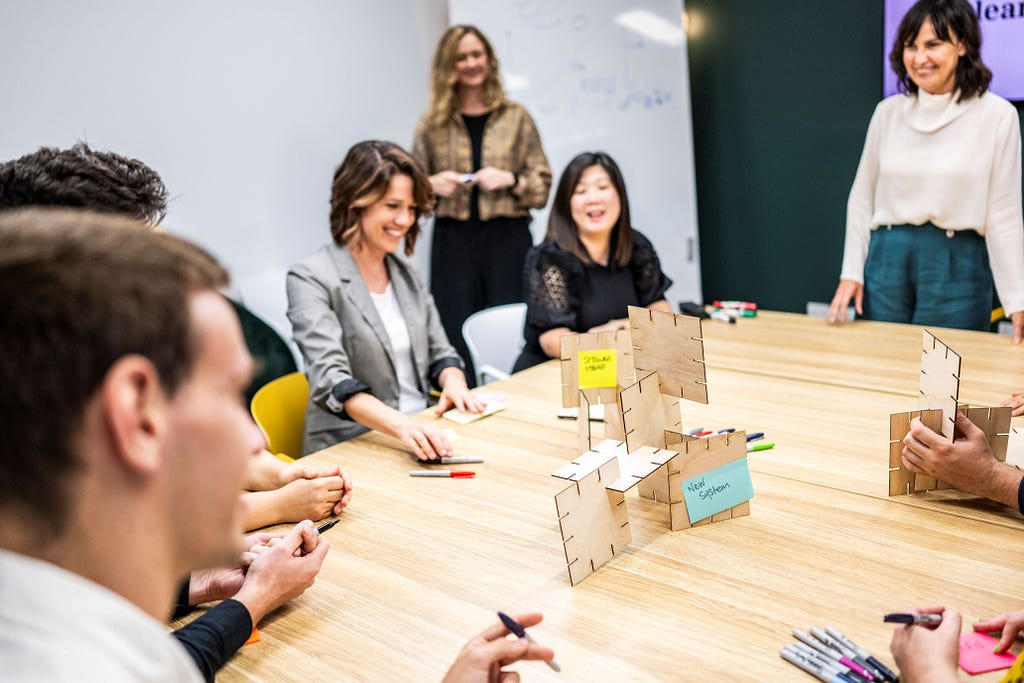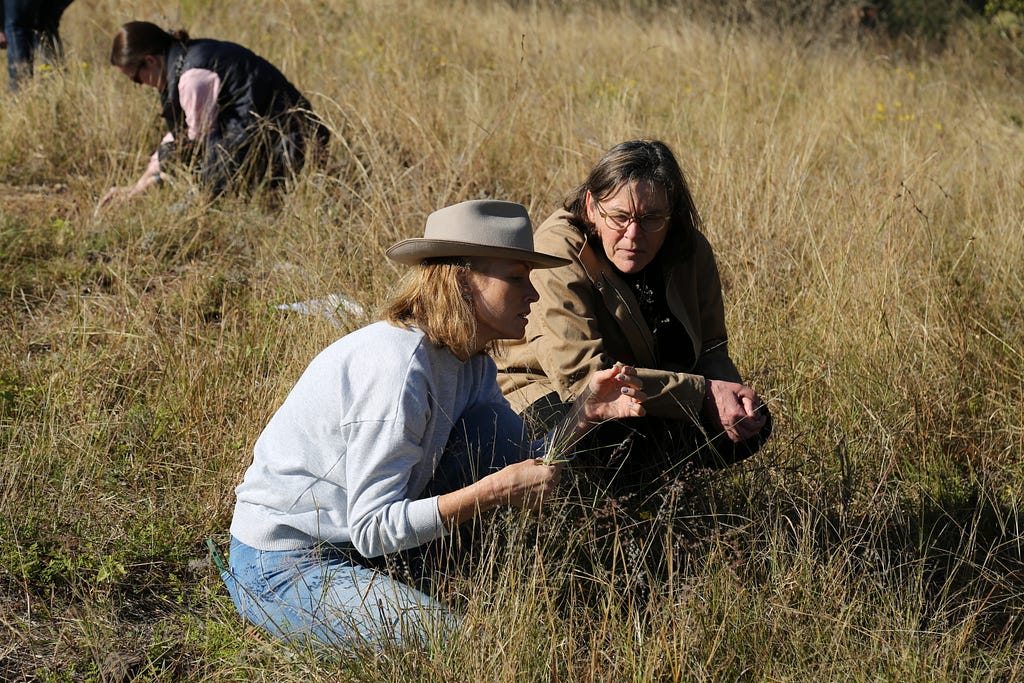
In recent years, attitudes to creativity and its importance to organisations have evolved. It no longer sits outside business as an optional plug-in, but is a more integrated and valued part of what good looks like. Workplaces that genuinely embrace its value, and work to instill the principles of creativity, are the ones that are successfully nurturing more innovative cultures.
As a group of “creatives” working in the area of regenerative organisational systems and leadership development, we have an abundant store of practical tips to help others unlock their creative practice. It’s our jam — getting in a room and enabling teams to spark ideas and push limits to current thinking.
However, building a creative culture doesn’t just spring from choreographed moments of creative play. The scene needs to be set well beforehand, and this means first instilling and upholding the principles that lay the foundations for creativity.
To get an understanding of what these principles could or should be, we need to start by getting clear on what creativity is. Of the many definitions that exist, here are a few ways that we like to think about creativity:
Creativity is typically defined as the ability to generate novel associations that are adaptive in some way (Ward, Thompson‐Lake, Ely, & Kaminski, 2008).
Creativity is not predominantly something that can be “forced” through creativity “techniques” (Cook, 1998).
Creativity is often achieved from a combination of conscious and subconscious information processing (Huber, 1998).
Creativity is essential to human progress (Hennessey, & Amabile, 2010).
Creativity is more than intelligence (Piers, Daniels, & Quackenbush, J.1960).
The variety of definitions shows the complex and ephemeral nature of the concept. Imagine trying to cup water in your hands — for a while, you can see, feel, and know it, but then, inevitably, no matter how hard you squeeze your fingers together, it seeps away and eventually you have to fill your hands all over again. The water is your creativity, and it needs certain beliefs and conditions in place to replenish.
Principles of Creativity
Principles are fundamental truths that underpin what we believe about a concept. They guide all the decisions we make relating to this concept being both the foundation for how we think about it, and the compass for where that might take us.
For example, we could say creativity is built on these three principles:
- Giving attention — we need to focus on some ‘thing’
- Providing escape — we need to ‘escape’ the way we might have thought about some-‘thing’ before
- Allowing movement — we need to explore and connect our thoughts
Or we can equally say that a culture of creativity requires:
- Inclusivity — psychological safety and a sense of belonging feed the imagination
- Access to diverse ideas — challenging our thinking is paramount
- A curious and learning mindset — curiosity and ideas go hand in glove
- Fallow time — the subconscious needs time to percolate and digest
If you are seeking to enhance your creative culture then begin with principles like these to guide your decisions and actions.

The Physical ‘Creative’ Environment
And, while upholding key principles is key to building a robustly-creative team culture, there are other ways we can support this endeavour. Research shows us that our physical environment can be another important unlock to nurturing creative minds. When people are stimulated by their environment or connected to nature through posters or windows, they perform better creatively than those who don’t have those stimuli. So, if you want your team to be more innovative and charged with fresh ideas, look at the places you’re asking them to perform in. Can they be improved?
The Myths Around Creativity
Lastly, there are many myths surrounding creativity. The most common one is that creativity is a talent with which only a few people are gifted — when in fact, creativity is a muscle that can be strengthened and toned.
There is also a myth that tells us that creativity is primarily an individual experience. When in fact, creativity can be distributed and is emergent in groups given the right conditions.
A third myth implies that creativity is inherently positive (i.e., all publicity is good publicity). However, there now exists a research area around the theory of malevolent creativity.
Though this kind of creativity is generally associated with criminal masterminds and villains, the fact is that all of us are as capable of it as we are of ‘benevolent’ creativity. Within workplaces, this is rarely talked about. So, keep in mind that encouraging your team’s creative ideas and impulses in an organisationally (and morally)-productive direction is as important as providing the right environment for creativity to flourish in the first place.








